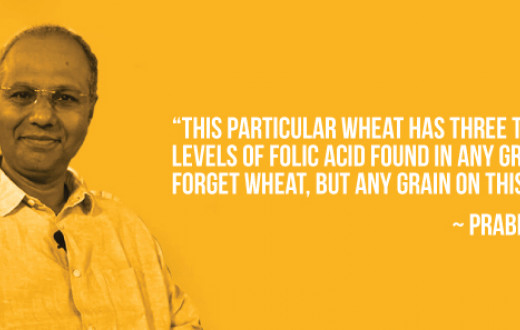Once a barren land, The Art of Living International Center campus located on the outskirts of Bengaluru, India, now overflows with abundant greenery. But, that is not the only interesting thing about the campus. Several effective systems make it a truly sustainable campus.
Here are seven attributes of the campus that make it a green paradise.
1. All waste is segregated into dry and wet waste

There are separate bins for dry and wet waste in the entire campus, urging people to make the conscious choice of keeping waste segregated.
2. Waste plastic is converted into fuel

Plastic is gold if you have a full-blown pyrolysis plant that converts plastic into fuel. (For those who do not know, pyrolysis is the thermal decomposition of materials at elevated temperatures in an inert atmosphere). While on one side people are reveling in their meditative silence in the campus, on the other side the pyrolysis plant is slashing through the silence to generate fuel for the boilers of center’s kitchen.
3. Waste cotton is recycled

Another interesting machine in the vast serene ashram is the papermaking machine. This machine does wonders with waste cotton. It rolls out sheets of usable paper from waste cotton, which is later used to make stationary for several departments in the campus that has a huge demand for paper.
4. Food waste is converted into fuel

The ashram kitchen feeds a staggering 30,000 people every day. On special occasions, the number goes upto 1 lakh. Although there are practices in place to reduce the wastage, whatever food waste is collected is used for better purpose. The biogas plant converts the food waste into cooking gas for the kitchen.
5. Dry and green waste is turned into black gold

All the uncooked food waste from the ashram kitchen is turned into compost at the permaculture site. The compost is used in the agricultural activities of the center.
6. Cow dung is used to grow food and generate energy

There are hundreds of cows in the gaushala. The uniqueness of this gaushala is not only the fact that these are indigenous species, but also that cow dung is put to better use. It is used to make fertilizers for center’s agricultural activities. In addition, the cow dung is used in the gobar gas generator to produce energy for gaushala.
7. Going towards clean energy

In this vast center where countless visitors arrive to take a deep dive into the silent corner of their heart, the energy needs are high too. These needs are also taken care of in the most pleasant way. The several residential blocks are provided with solar energy. The center has an ambitious plan to harness wind energy in the future too.
This World Environment Day, The Art of Living pledges to reduce its plastic consumption by less than half. Join the movement and tell us how you plan to cut down your plastic usage. Share your ideas with us on Twitter and Facebook by using the hashtag #ReduceByHalf.
Written by Vanditaa Kothari

















